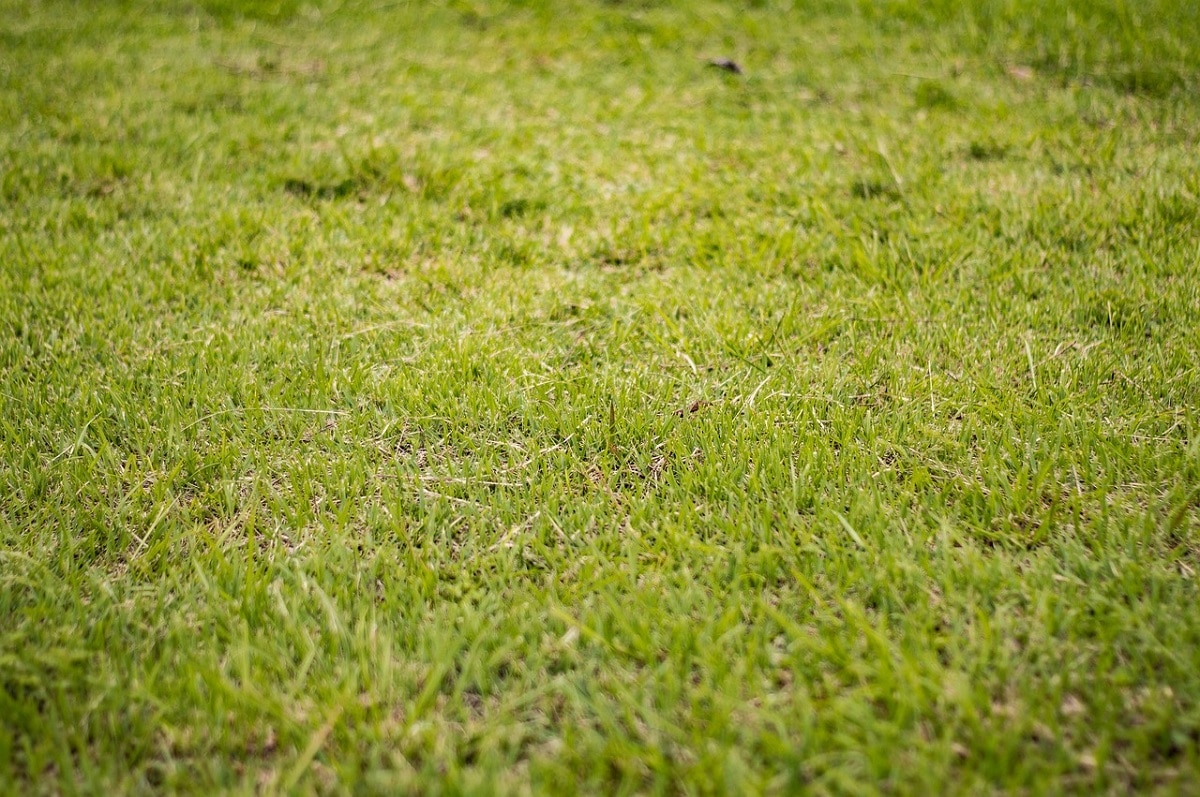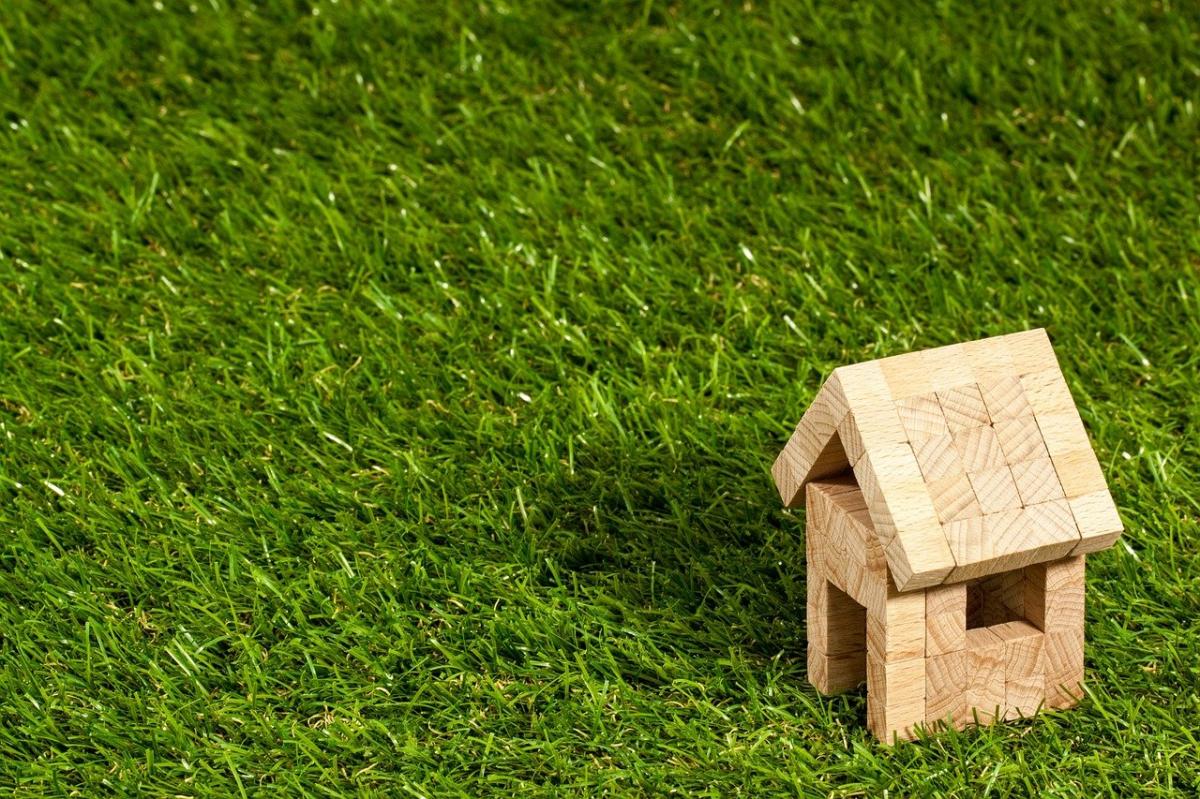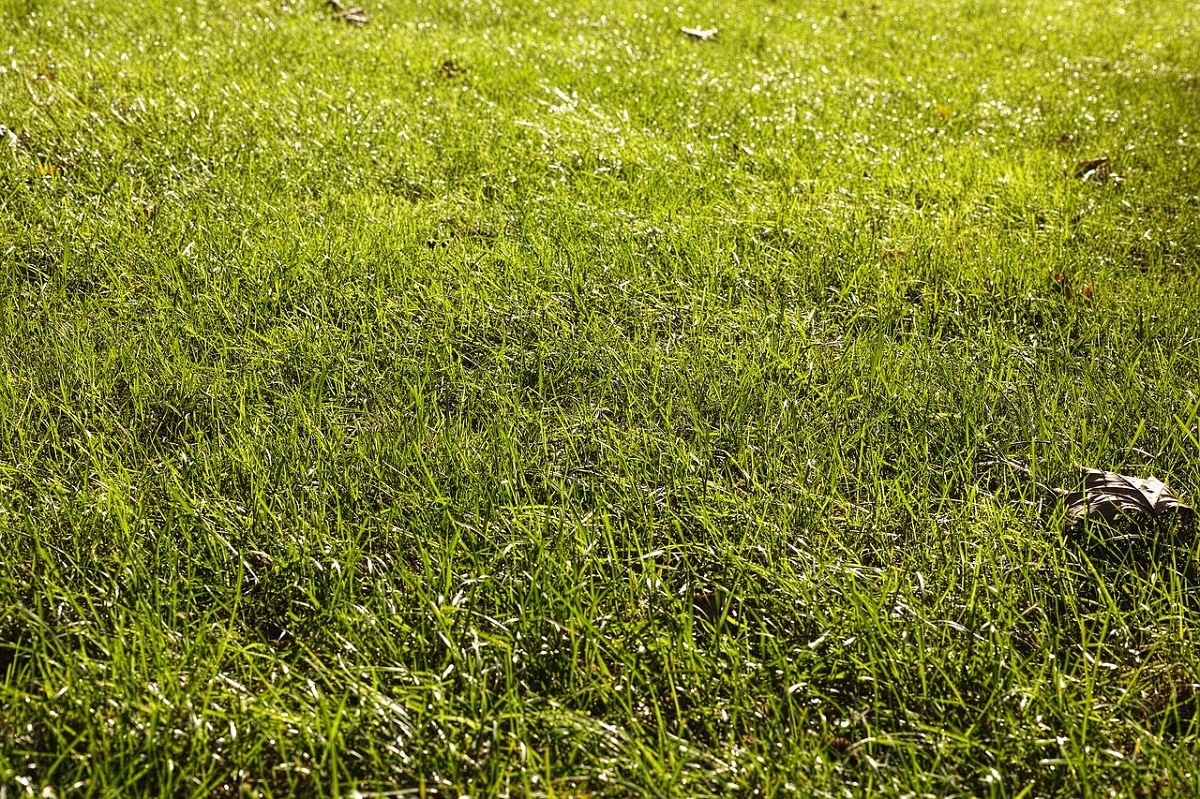
During the summer, it is more common to have an unattractive yellow lawn. This is due to the extreme conditions in the climate that is usually drier and hotter. There are also other problems that can cause discoloration of the lawn. These include dog urine, parasites, overuse, and amounts of fertilizer. But do you know how to make a yellow lawn green again? This question can be a bit difficult to solve because it will depend on the type of problem you have.
Lack of nutrients is the most common cause of yellowing lawns. In the ground it is not good for the lawn and makes it vulnerable to insect pests and diseases. Iron deficiency is often the cause of yellow spots, especially in spring. This happens when high-carbon plants or organic matter are added to the soil. Also, some organisms use nitrogen in the soil to break down carbon, which can lead to a nitrogen deficiency if nutrients are not replenished.
Causes of yellow grass

Yellowing problems tend to affect turf somewhat in all seasons with a peak during the summer. Excessively hot weather and areas exposed to full sun throughout the day will quickly dry out and the heat will stress the lawn.
This results in yellow areas. More frequent and deeper watering will usually fix the problem. The causes are many and varied, and understanding what caused the yellowing is sometimes not easy.
Irrigation
This is the simplest cause: if an area of the lawn does not receive water and is not watered enough, the grass first dries out (changes color and becomes dark and discolored) and then turns yellow. In this case it is easy to understand the cause but it is necessary to measure precisely (using a rain gauge) that the right amount of water reaches the yellowish point: that is, about 35 liters per square meter per week. But be careful to water well and take breaks!
Fungi and other diseases
Fungal diseases are one of the most common causes of turf yellowing. The paradox is that they are often favored by excessive watering (grass kept moist every day or watered at night attracts pathologies such as honey for bees). Once diseases have manifested, it is difficult to eradicate them. And that is why the only way to avoid them is still prevention to start as soon as possible without wasting a second.
Fertilization
It is evident that if we do not feed correctly the grass sooner or later weakens and tends to yellow. Each season has its needs and if you don't fertilize the grass at least 4 times a year, you definitely put it in crisis. But the opposite is also true, that is, that the lawn can be dried by excess or error in the fertilizer: these products are basically salts. Too concentrated use, in the wrong doses or the wrong type can cause burns and yellowing.
If this happens, the fertilizer grains must be removed manually (if possible) and given intense and localized irrigation followed by foliar biostimulation with humic acids. The use of slow-release fertilizers and good fertilizer spreader carts greatly limits the danger of these burns.
Animal urine
Acidic urine from some pets can cause severe, well-defined burns. These spots are often mistaken for fungal diseases. Recognizing them is very simple: just smell the area and the typical ammonia smell will immediately indicate the cheerful habits of cats and dogs.. It is a problem that can only be solved by making the animal change its habits or try to change its diet. In areas subject to this type of yellowing, it is advisable to wet intensely and carry out biostimulation with purifying products based on humic acids.
Overheating
All pieces of concrete, stone, tiles, iron, etc. they tend to get much hotter than the ground and stay warm even at night. In other words, they overheat the leaves and soil for many hours causing high levels of evaporation and perspiration. This lack of water produces a yellowish color. It is a phenomenon that can also occur in the presence of grass on a garage with little soil, or in the presence of pipes, stones or concrete jets in the subsoil.
The same problem also occurs in the presence of meadows in a soil rich in stones. Here the solution is to water more frequently and perform a couple of treatments with products based on brown algae, together with surfactants, very powerful in these situations.
Dry spots
It is a strange phenomenon but more frequent than you imagine. The soil, due to causes derived from compaction and composition phenomena, becomes hydrophobic in some areas, that is, unable to absorb water. We can wet for as long as we want but the water does not go underground but rather slides sideways.
Dry spots are easily identified: first we measure that the water actually comes through a rain gauge; and then we check the soil by drilling deep holes with an awl: if the soil is harder and more compact than neighboring areas are in the presence of a dry spot. Correcting this behavior is simple - just do a couple of moisturizer treatments in the spring or fall, holes and scarifications with the addition of grass sand.
Lawn mowers
The mower They can affect lawns in two different ways: Blades of grass retain nutrients and moisture, so when you cut grass too short, it turns yellow. If this happens continuously, you should adjust the height of the mower blade to ensure that there is enough grass left to hold the nutrients and water necessary for it to grow.
If gasoline leaks across the lawn while filling a lawn mower, it can damage and kill the lawn. When filling your mower, be sure to do so away from the lawn and dilute it with water to avoid contaminating the soil.
How to recover a yellow lawn?

There is simply no way around this, and it is the number one reason lawns lose their color and become unhealthy: lack of nutrients. Lawns need nutrients. This is achieved by applying lawn fertilizer to them throughout the year at 6-8 week intervals.
The general rule of thumb is to fertilize every season. These products contain all the nutrients your lawn needs to survive, thrive, and stay healthy and green. All homeowners should implement a good lawn fertilization regimen as a normal practice for their lawn care.
In general, this is what you must do to recover a yellow lawn. To prevent your lawn from turning yellow, you can practice several healthy habits like these:
- Watering lawns often seems like a relatively simple task, but many people do not manage it properly, as a result the lawn suffers.
- Watering should only be done in the morning: This prevents lawn diseases from setting in and gives lawns water at the only time they can absorb it, which is during the day.
- Watering at night simply wastes large amounts of water and can cause disease-promoting mold build-up.
- If necessary, watering and crosslinking times should also be monitored and adjusted as necessary.
- If the lawn has poor soil, then the water cannot properly spread throughout the soil profile, nor can the soil hold water for long periods of time if it is water repellent.
- It is advised to avoid planting trees nearby so that a lot of sunlight enters the area.
- Improves drainage in the lawn and aerates the soil to increase air circulation to the roots.
- Pick up pruning debris that can harbor pests and diseases. The same goes for fallen leaves.
- Fertilize as recommended and watch out for weeds that can suck up resources from the lawn.
- Use dirt or sand to fill in low areas of your lawn where water can collect and cause disease. This way, you can make sure your lawn is level.
- Grow the right grass for your region or climate.
- Check your soil for deficiencies and add fertilizer or nutrients to enrich your soil.
- Always cut to the correct height for your lawn.
- Mow with sharp blades and only when the grass is dry.
- Have you aerated your lawn lately? Aeration will loosen the soil and allow more oxygen, nutrients, and water to reach your roots.